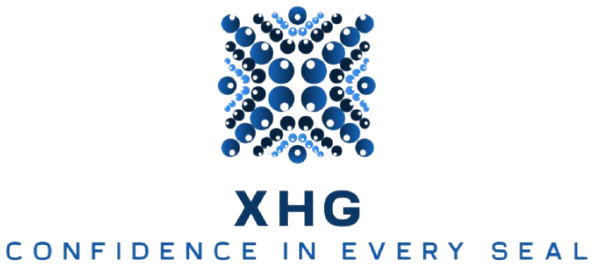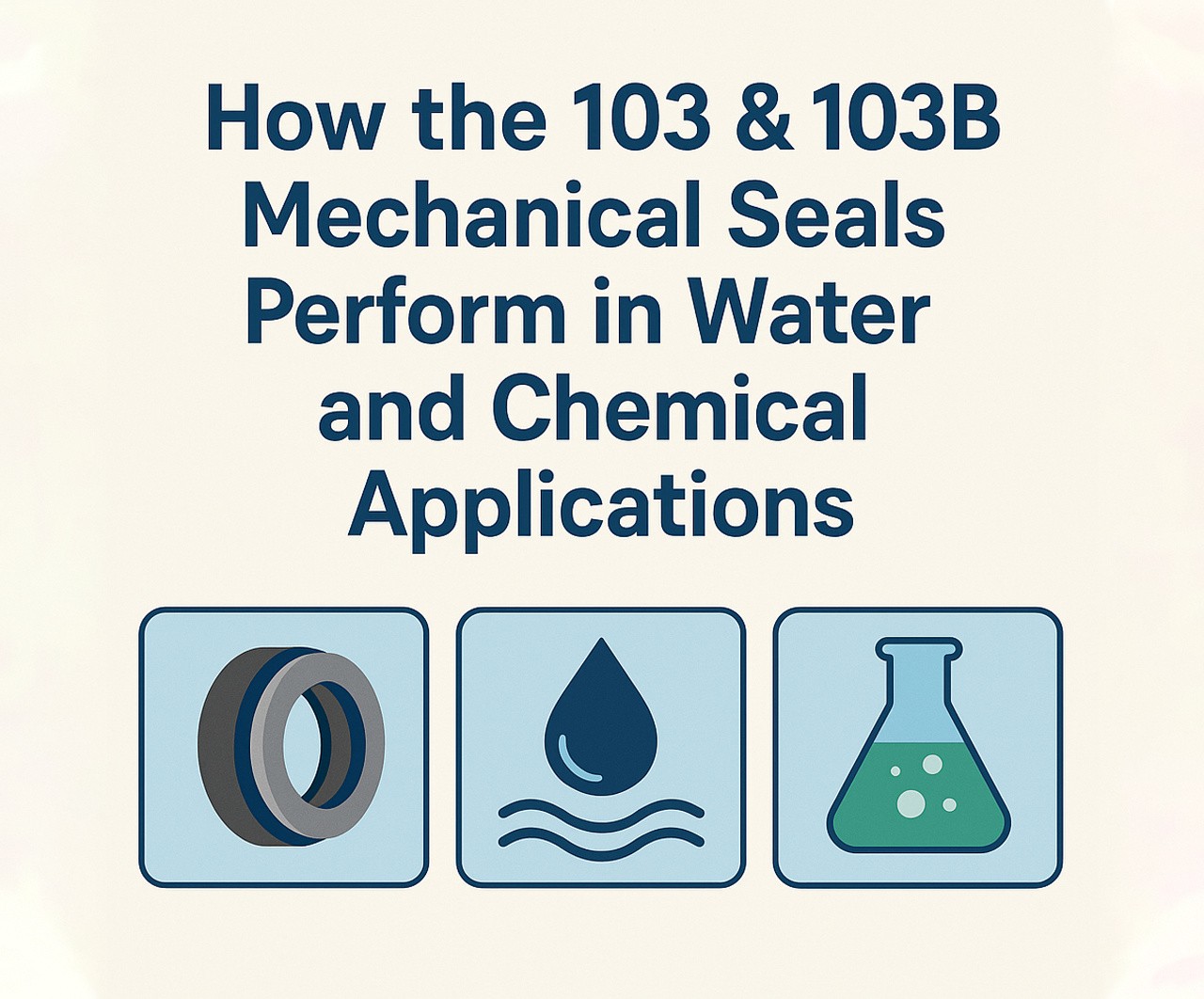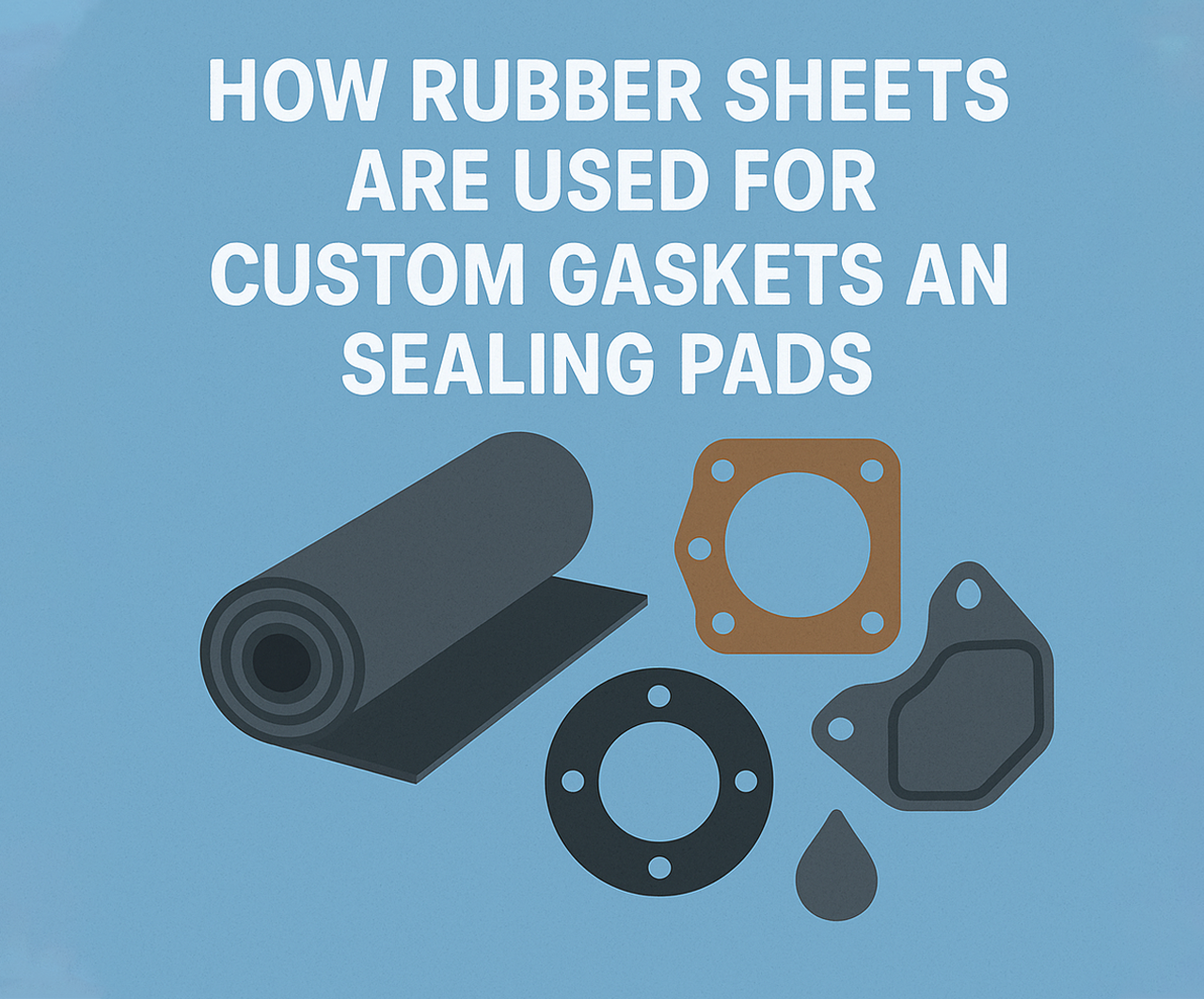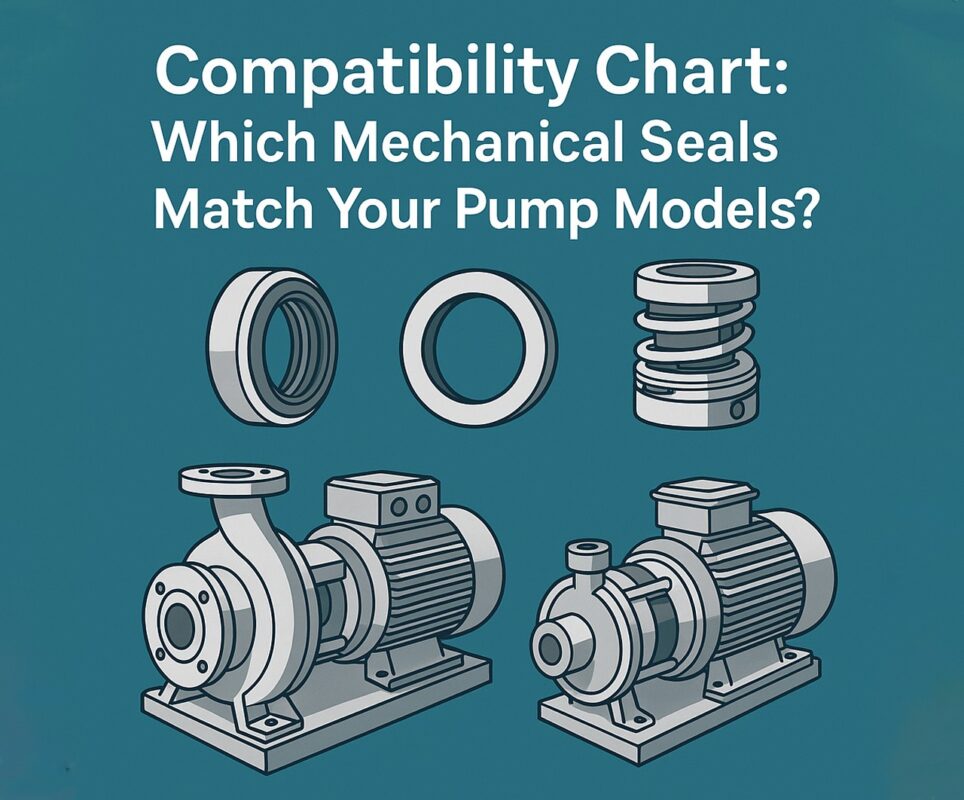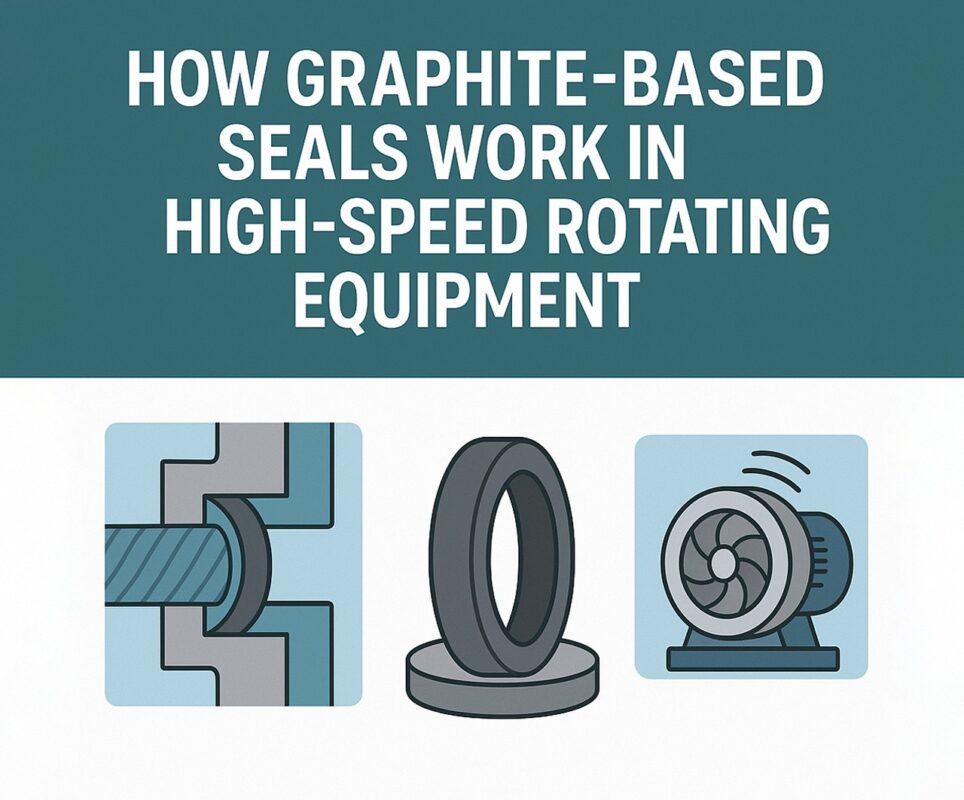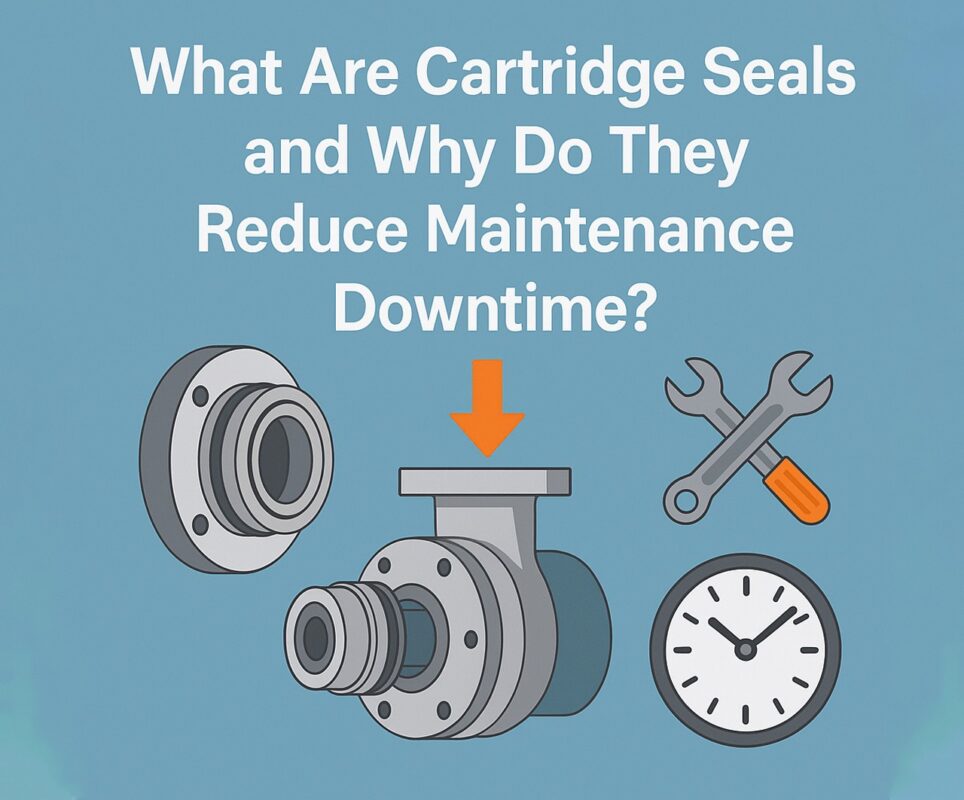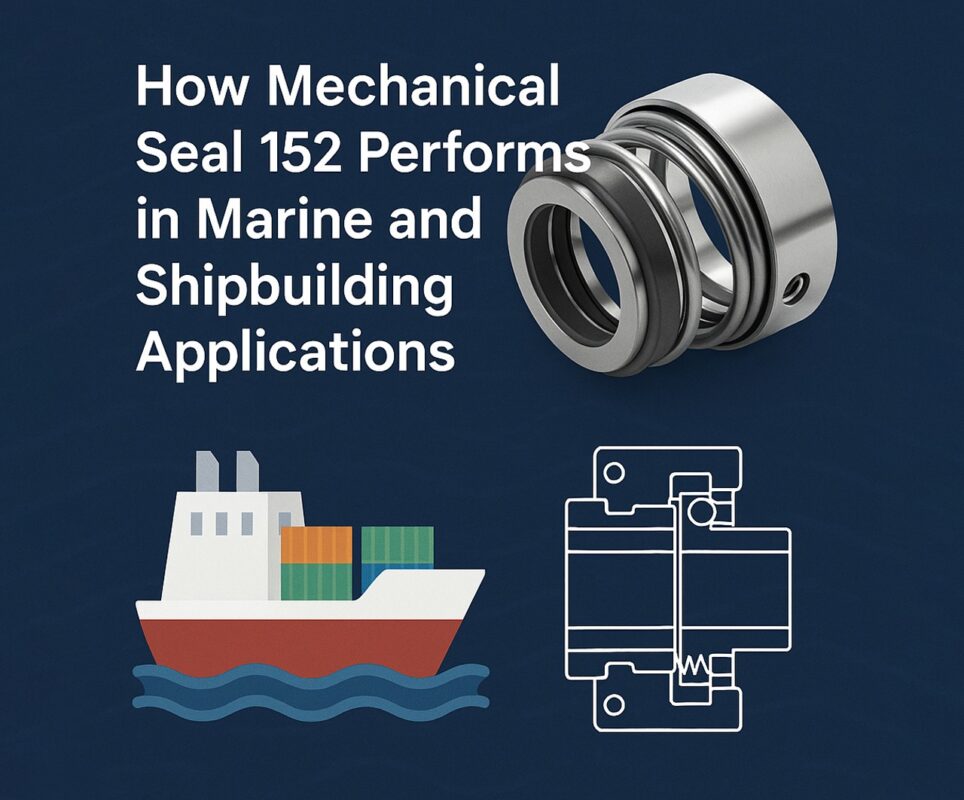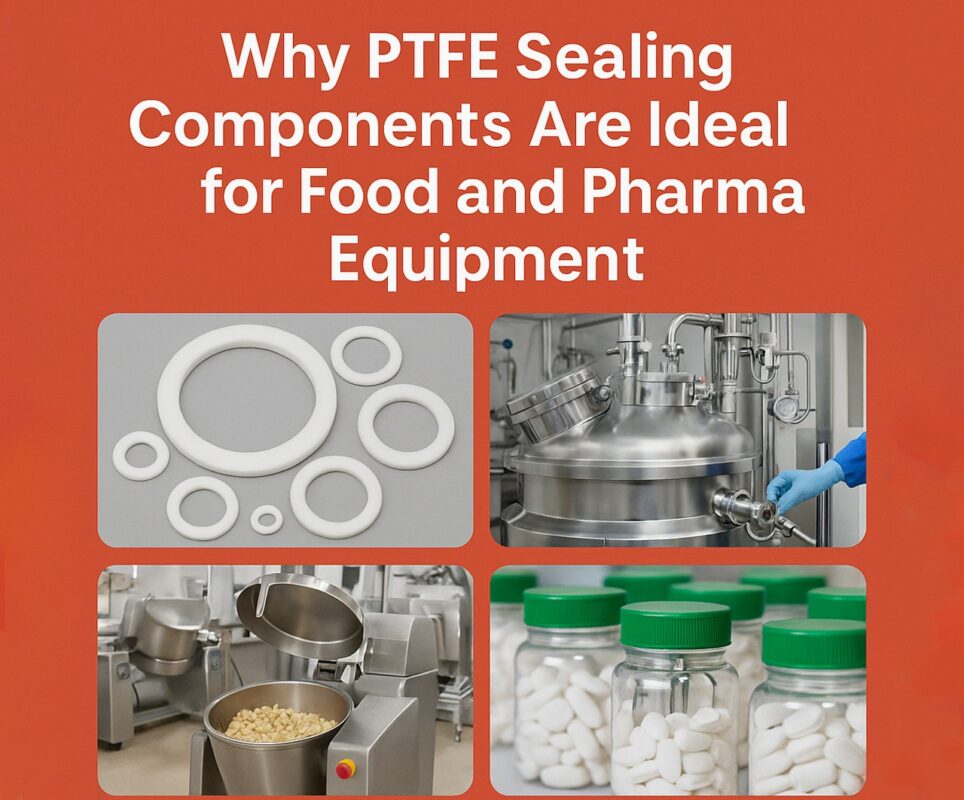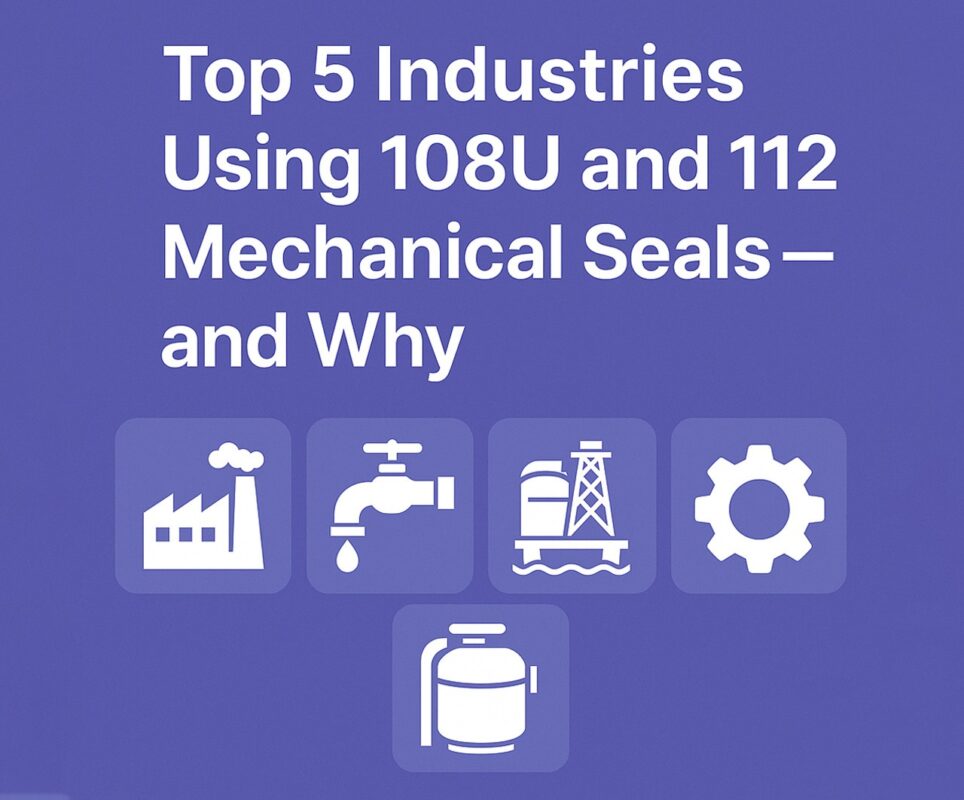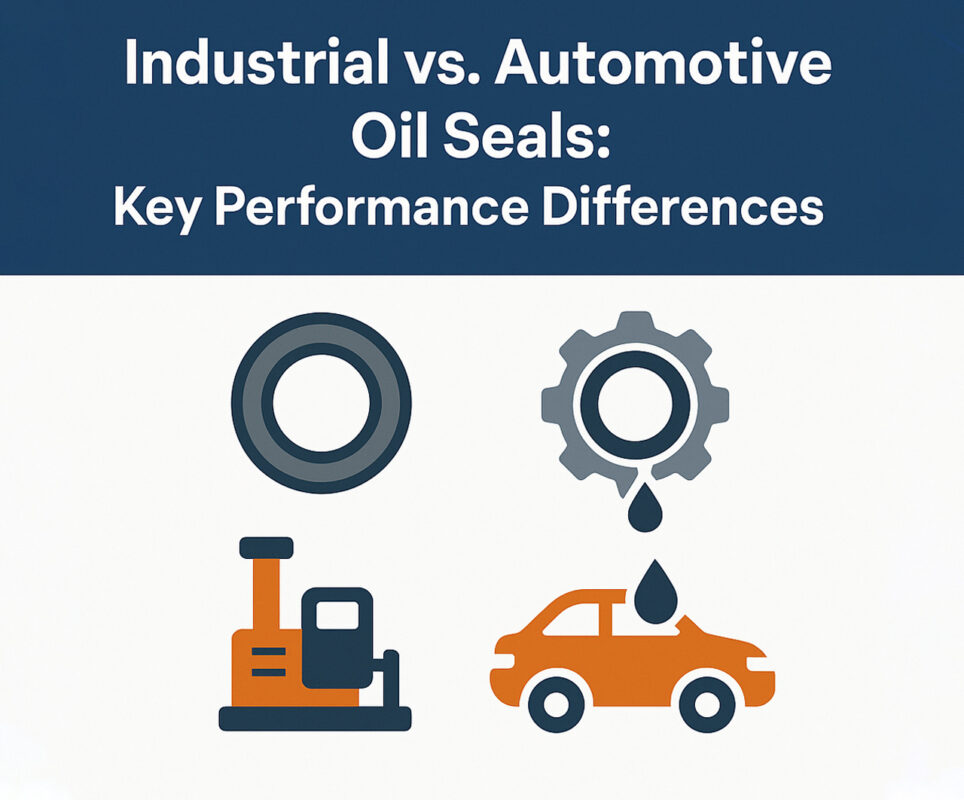In high-demand industries like water treatment, chemical processing, and power generation, reliability isn’t optional—it’s critical. This is where 103 and 103B mechanical seals prove their worth. Whether you’re working with a trusted mechanical seals supplier, troubleshooting a mechanical seal pump, or upgrading to a double mechanical seals configuration, these two seal models offer exceptional performance, longevity, and versatility. They’re built for real-world challenges—and they deliver.
This article explores the unique advantages of the 103 and 103B mechanical seals, how they’re applied across water and chemical systems, and what design elements make them stand out in a competitive, performance-driven world. Know more..
What Are 103 and 103B Mechanical Seals?
The 103 and 103B are standardized, single-spring mechanical seals designed for general-duty applications. They are most often installed in mechanical seal pump systems for water, wastewater, and light chemical processing.
Core Features:
- Unbalanced, single-spring design
- Replaceable, interchangeable seal heads
- Ideal for clean fluids or light slurries
- Commonly used as OEM replacements in ANSI pumps
Both models are easy to install, readily available from any quality mechanical seals supplier, and cost-effective for operations that require reliable sealing without complex customization.
Key Differences Between 103 and 103B Seals
While they share a similar name and function, the 103 and 103B mechanical seals have subtle but important differences.
| Feature | 103 | 103B |
| Spring Position | Spring on shaft | Spring behind the seal face |
| Typical Use | Standard ANSI pumps | Applications with limited axial space |
| Installation | Slip-fit | Push-fit |
| Application Flexibility | General use | Narrow housings or close clearance applications |
The 103B is especially popular in space-constrained mechanical seal pump installations or in equipment upgrades where clearance is tight.
Performance in Water Applications
1. Municipal Water Pumps
In clean water systems, both 103 and 103B mechanical seals are excellent options. Their simple design allows for quick installation and minimal maintenance.
- Why it works: Water has low viscosity and limited solids content, so these unbalanced seals maintain face contact and prevent leaks effectively.
- Best practices: Use high-quality ceramic and carbon seal faces to minimize wear and ensure longer life.
2. Wastewater Treatment
When solids and corrosive gases are present, you need reliability under unpredictable conditions. While single seals like 103 can perform well, some facilities prefer a double mechanical seal for added security.
- Recommended materials: Silicon carbide for hard particles, and Viton or EPDM elastomers for chemical resistance.
- Seal support: A flushing system is often added to remove debris and cool the seal faces.
Performance in Chemical Applications
The 103 and 103B seals truly shine when matched with the right materials for chemical exposure. These seals are often recommended by top mechanical seals supplier networks for light to moderate chemical handling.
Common Chemical Applications:
- Acid transfer pumps
- Caustic soda dosing systems
- Solvent handling (low volatility)
- CIP (clean-in-place) processes in food and pharma
Why These Seals Perform Well:
- Their modular face designs allow for material swaps without changing the whole assembly.
- They can be upgraded to a double mechanical seal system for volatile or hazardous chemicals.
- With proper flushing and venting, seal faces remain cool, clean, and flat under pressure.
How Mechanical Seal Pumps Benefit from 103/103B Integration
A mechanical seal pump using a 103 or 103B seal becomes more serviceable and efficient. OEMs and maintenance teams alike value these seals for their balance between cost, performance, and ease of replacement.
Key Advantages:
- Reduced downtime during maintenance
- Interchangeability across pump brands
- High availability from any quality mechanical seals supplier
- Compatibility with industry-standard stuffing boxes and seal chambers
Because of their widespread use, many OEMs design their pumps around the 103/103B interface. That means easier sourcing and faster replacements for plant operators.
Upgrading to a Double Mechanical Seal
In more demanding applications—especially with aggressive chemicals or high shaft pressures—a double mechanical seal may be the safer choice.
Double Seal Configuration:
- Two sets of seal faces: one facing the process, one facing the atmosphere.
- A barrier fluid (pressurized or unpressurized) is used between them to cool, lubricate, and isolate the process fluid.
You can pair two 103 or 103B mechanical seals in a cartridge-style assembly to create a robust double mechanical seal solution.
Ideal When:
- Dealing with flammable or toxic fluids
- Pressure spikes are common
- Seal life needs to be extended significantly
- You need backup sealing to prevent catastrophic leaks
Check with your mechanical seals supplier for available double seal kits that support 103/103B compatibility.
Maintenance and Longevity Tips
Mechanical seal life is never just about the seal—it’s about the system. Here’s how to get the most from your 103 or 103B:
1. Material Matching
Always choose seal face and elastomer materials that match the fluid’s chemistry and temperature. A good mechanical seals supplier will guide this.
2. Proper Lubrication
Seals need fluid film to stay cool. In dry-start conditions, use external flush lines to provide lubrication immediately.
3. Monitor Shaft Alignment
Misalignment causes face loading issues, premature wear, and potential seal failure.
4. Use a Clean System
Especially in chemical applications, make sure the mechanical seal pump is flushed and purged regularly to prevent build-up.
Creative Applications of 103 & 103B Seals
Engineers are increasingly thinking outside the box with these seals. Here’s how:
Skid-Mounted Systems
Modular pump skids use 103B seals to simplify replacements without removing the pump. They’re popular in chemical dosing skids and mobile water purification systems.
Vacuum Jacketed Pumps
For cryogenic or high-temp chemical processes, 103 seals are used inside double-jacketed mechanical seal pumps—offering both insulation and sealing integrity.
Cleanroom Applications
The compact design of the 103B is preferred where space is limited and hygiene is critical—such as in pharma manufacturing and food-grade processing.
Selecting the Right Mechanical Seals Supplier
Choosing the right mechanical seals supplier is as critical as choosing the right seal.
What to Look For:
- In-stock availability of 103 and 103B models
- Material flexibility (carbon, ceramic, SiC, PTFE)
- Technical support for chemical compatibility and system design
- Kitting options for OEMs or repeat repairs
Top suppliers also offer predictive maintenance insights based on seal wear and system performance—helping you move toward smarter, more connected operations.
Final Thoughts
The 103 and 103B mechanical seals are more than just reliable—they’re adaptable. Whether you’re working with a trusted mechanical seals supplier, upgrading your mechanical seal pump, or considering a double mechanical seal setup, these models give you the flexibility, performance, and confidence to meet industrial demands head-on.
Their simplicity is their strength, and their compatibility across pump systems makes them a go-to solution for both water and chemical applications. As systems become more integrated and environments more demanding, the need for proven, serviceable sealing solutions like the 103 and 103B will only grow.
